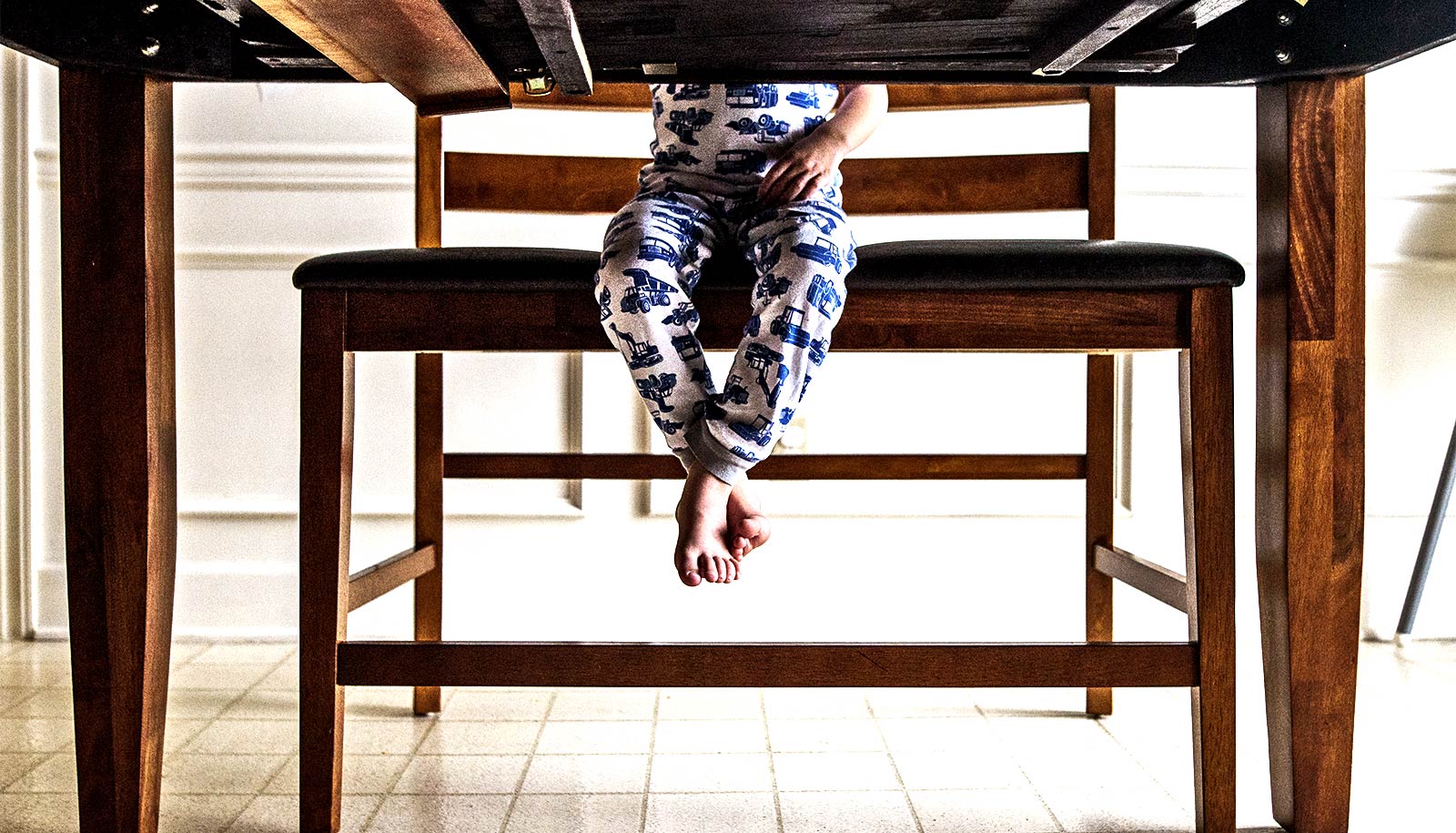As many as one in five Canadian households can be considered to be in energy poverty.
Energy poverty occurs when households cannot afford or access the levels of energy necessary to meet their daily needs, live decent lives, and maintain healthy indoor temperatures all year round.
More Canadians potentially suffer from energy poverty than from food insecurity.
“Earlier research has shown that a cold indoor temperature is associated with an exacerbation of some chronic diseases, so energy poverty is cause for concern,” says Mylène Riva, an associate professor in the geography department; chair in housing, community, and health at McGill University; and senior author of a new study published in the Canadian Journal of Public Health. “In another study we are conducting in a small town in rural Canada, as many as 8% of participants reported having seen their breath inside their homes in winter.”
Indeed, the researchers found that, compared to those who were able to access and afford the energy services they needed, energy poverty was associated with a greater likelihood of poorer self-rated general and mental health. These factors are known to be strong predictors of higher levels of illness, and an increased risk of hospitalization and death.
The research also shows that there are higher levels of energy poverty in rural areas in Canada, where the population tends to be older, living in larger households, and facing greater income insecurity.
“For example, we found that in a small town in Nova Scotia, where around 40% of the population faces energy poverty, one household in three reported having to cut into their grocery spending to pay their utility bills,” says Laurianne Debanné, a PhD student in health geography who has studied energy poverty in Bridgewater, Nova Scotia, for the past three years.
The researchers highlight the fact that programs and policies to advance energy transition—for example, those targeting energy efficiency in the housing sector—tend to be accessible to homeowners rather than renters and could potentially create or exacerbate social and health inequities if their benefits are not distributed equitably across the population.
“Households facing energy poverty start at a disadvantage in the energy transition. To prevent and reduce energy poverty and increase energy security across the country, programs and policies should address the main drivers of energy poverty, factors such as dwelling conditions and their energy efficiency, lower incomes, and the energy costs borne by ratepayers and end-users,” Riva says.
“Given the high proportion of Canadian households facing energy poverty, with demonstrated implications for population health, the results from this study make a strong case for energy poverty to be included in discussions about a just energy transition towards future climate resilience in Canada.”
Source: McGill University



